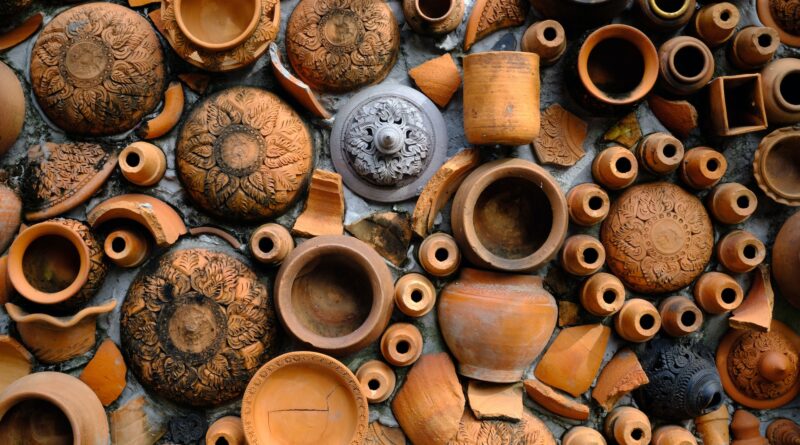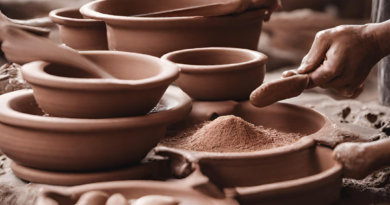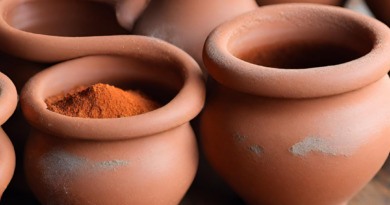What are the best practices for soaking and using clay cooking vessels?
Cooking with clay pots is a time-honored tradition that requires some specific care and techniques to ensure the best results. Properly soaking and using clay cooking vessels can help you unlock the full potential of your pot and create delicious, flavorful dishes. In this article, we’ll explore the best practices for soaking and using clay cooking vessels.
Soaking Your Clay Cooking Vessel:
1. Initial Soaking: Before using your clay pot for the first time, or if it’s been unused for a while, it’s essential to soak it. Submerge the entire pot, both base and lid, in water for at least a few hours, or ideally overnight. This process hydrates the clay and prepares it for cooking.
2. Water Temperature: Use room temperature or slightly warm water for soaking. Avoid using hot or boiling water, as it can lead to thermal shock and potentially cause the clay pot to crack.
3. Gentle Drying: After soaking, remove the pot from the water and allow it to air dry naturally. Do not use a towel or heat to speed up the drying process, as this can cause uneven drying and potentially damage the pot.
Using Your Clay Cooking Vessel:
1. Pre-Soaking: Before each use, especially if your clay pot has been unused for a while, soak it in water for 15-30 minutes. This pre-soaking ensures that the pot retains moisture during cooking, preventing it from absorbing too much liquid from your dish.
2. Cold Start: When using your clay pot on the stovetop or in the oven, always start with a cold pot and gradually increase the heat. Avoid placing a hot clay pot on a cold surface, as this can lead to thermal shock and cause cracking.
3. Low to Medium Heat: Clay pots are designed for low to medium heat settings. Avoid exposing them to extremely high temperatures, as this can damage the pot. Slow, gentle cooking is where clay pots shine.
4. Cooking Liquids: Be mindful of the amount of liquid you add to your clay pot. Clay pots retain moisture well, so you may need less liquid compared to other cooking vessels. Monitor the liquid level during cooking to ensure your dish doesn’t dry out.
5. Stirring: When cooking in a clay pot, stir ingredients gently and infrequently. The even heat distribution and moisture retention in the pot typically result in self-basting, so excessive stirring is often unnecessary.
6. Avoid Thermal Shock: Never add cold liquids or ingredients to a hot clay pot, and vice versa. Gradually adjust the temperature to prevent thermal shock, which can lead to cracking.
7. Using Wooden Utensils: Opt for wooden or silicone utensils when cooking in clay pots to avoid scratching the interior. Clay pots have a delicate surface that can be damaged by metal utensils.
8. Cleaning: After use, clean your clay pot with warm water and a soft brush or sponge. Avoid using abrasive scrubbers or harsh detergents, as they can damage the seasoning and the clay’s porous surface. Do not use a dishwasher.
9. Drying: Allow your clay pot to air dry completely before storing it. Do not store the pot with the lid on, as this can trap moisture and lead to mold growth.
By following these best practices for soaking and using your clay cooking vessel, you’ll ensure that it continues to perform well and enhance the flavors of your dishes. With proper care, your clay pot can become a cherished culinary tool that stands the test of time.



